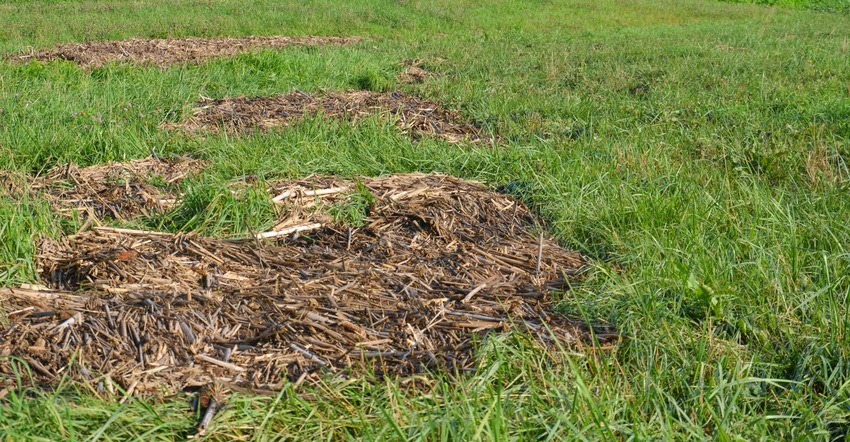June 6, 2019

Indiana has experienced a great deal of erosion of all types from last fall through this spring. The result is streams and rivers full of sediment-laden runoff. That lost sediment contains nutrients, possibly herbicides and, most importantly, the most productive layer of topsoil in which you grow your crops.
Here are six observations from the past several months and the lessons they can teach us about soil erosion and cover crops:
1. Loose stalks will move. Cornstalks accumulated in large areas, especially where stalks chopped up by vertical tillage were easily moved to areas of deposition. Numerous volunteer fire departments were kept busy this spring monitoring calls about farmers who were purposely burning off piles of cornstalks that had accumulated. We need to figure out how to keep those stalks in place and use the residue.
2. Conventionally tilled fields don’t handle big rains. No-till fields perform better than conventionally tilled fields, and cover crops help even more. In long-term continuous no-tilled fields, and especially in those that also had cover crops, cornstalks didn’t move off-site because they were still anchored into the soil and caught loose residue.
3. Erosion can still happen in no-till fields. On steeper slopes, even no-tilled fields — especially fields that aren’t continuously no-tilled or have been no-tilled only for a short time — still saw erosion. There was very little erosion in steep fields that had a fall cover crop planted, especially if that cover crop didn’t winterkill and grew into the spring.
4. Late-planting cover crop strategies can fail. The wet harvest across much of Indiana in 2018 impacted planting of cover crops after harvest. While cereal rye can be planted into November, there will be limited fall growth; it may even wait until spring to germinate. This means limited erosion control over the winter. Considerations include shorter-season cash crop varieties, flying-on cover crops in early fall or interseeding covers early in the growing season.
5. Have multiple spring termination plans. The wet spring reinforced the need to be flexible and have multiple spring termination plans. It’s vital that termination doesn’t begin too early, especially with annual ryegrass. Air temperature needs to be above 50 degrees F during the day and not below 35 degrees at night for three consecutive days so annual ryegrass is ready to translocate herbicide to roots. A couple of weeks of wet weather may cause you to miss the most appropriate termination window; have a Plan B to deal with the situation.
6. Cereal rye can get too big almost overnight. Cereal rye can go from being just ready to terminate at 18 inches to being too big at 3 feet quickly. Terminating mature rye can produce a mat of vegetation on the soil surface that can keep it wet and impact the ability to plant. Are you mentally ready, and is your planter physically prepared, to plant “green” into your cover crop if that becomes the best option?
Donovan is a district conservationist with the Natural Resources Conservation Service. He writes on behalf of the Indiana Conservation Partnership.
About the Author(s)
You May Also Like






